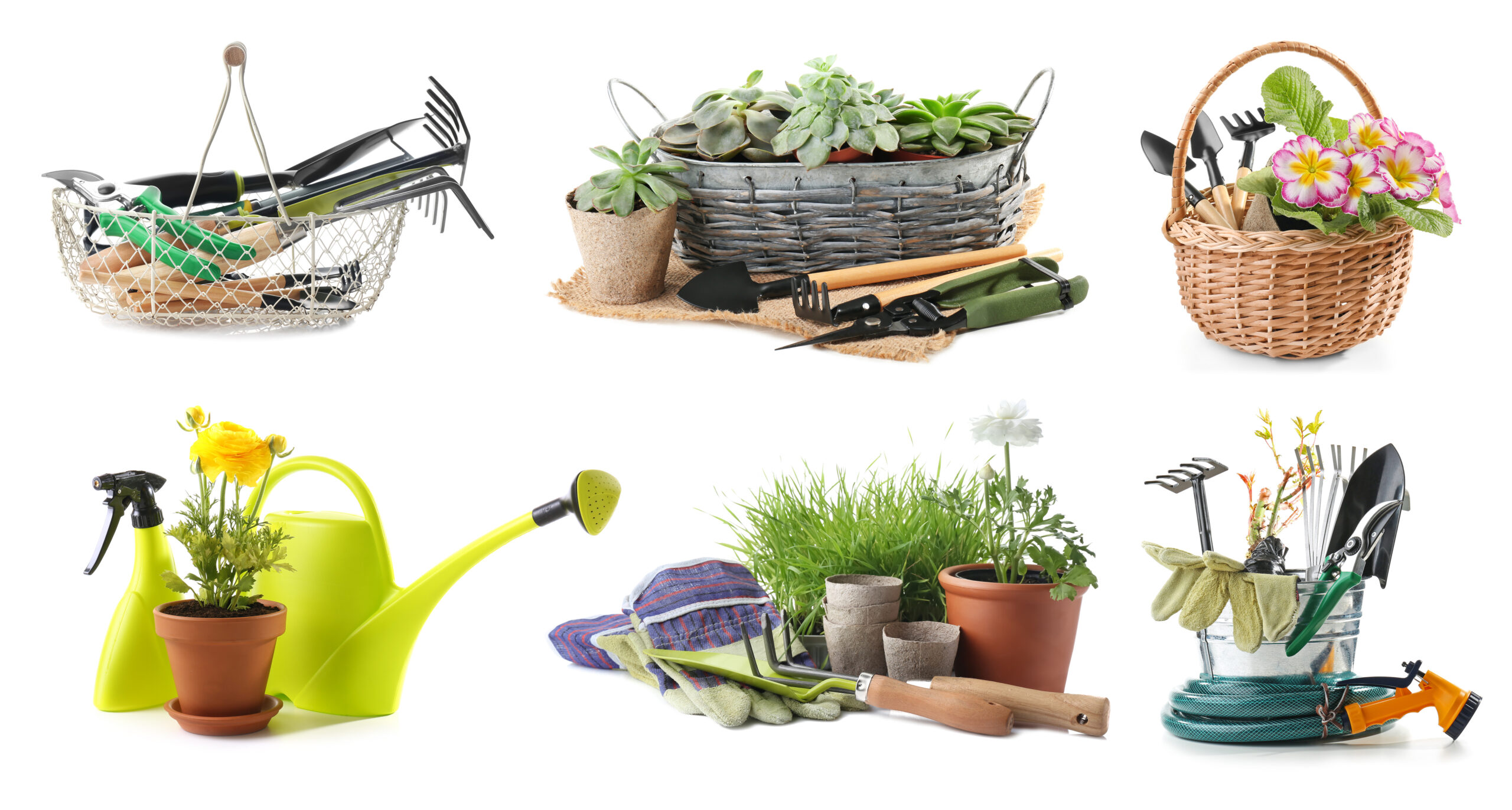
Reducing Water Usage with Smart Irrigation
Conserving water is essential for sustainable gardening practices, especially in arid regions or during drought conditions. Invest in smart irrigation systems like drip irrigation or soaker hoses that deliver water directly to plant roots, minimizing evaporation and runoff. Install rain barrels or cisterns to capture rainwater for use in your garden, reducing reliance on municipal water sources and lowering your water bills.
Building Healthy Soil with Composting
Healthy soil is the foundation of a productive garden, and composting is an excellent way to improve soil fertility and structure naturally. Start a compost pile or bin in your garden to recycle organic waste like kitchen scraps, yard trimmings, and fallen leaves. Use finished compost as a nutrient-rich soil amendment to enrich garden beds, improve moisture retention, and promote beneficial microbial activity.
5. “Maximizing Limited Space: Gardening in Containers and Vertical Gardens”
Embracing Container Gardening
Container gardening is a versatile solution for gardening in small spaces, allowing you to grow plants on patios, balconies, and rooftops. Choose containers of various sizes and materials that suit your aesthetic preferences and plant needs. Select plants that thrive in containers, such as herbs, vegetables, and flowers, and provide them with proper drainage, soil, and sunlight for optimal growth. Container gardening offers endless possibilities for creating lush, beautiful displays in limited spaces.
Harnessing the Power of Vertical Gardens
Vertical gardening is another space-saving technique that maximizes growing area while adding visual interest to your garden. Install trellises, arbors, or vertical planters to support climbing plants like vines, cucumbers, and tomatoes. Consider incorporating living walls or hanging baskets to create vertical gardens that cascade with foliage and flowers. Vertical gardening not only saves space but also allows you to experiment with creative planting designs and showcase a wide variety of plants in a small footprint.
6. “Growing Your Own Fresh Produce: Tips for Successful Vegetable Gardening”
Starting with the Right Location
The success of your vegetable garden depends largely on choosing the right location. Select a sunny spot with at least six to eight hours of direct sunlight per day for optimal plant growth and productivity. Ensure the area has good soil drainage and access to water for consistent moisture levels. Consider factors like proximity to your home, wind exposure, and potential pest issues when siting your vegetable garden.
Planning Your Garden Layout
Careful planning is key to maximizing space and productivity in your vegetable garden. Sketch out a garden layout that considers factors like plant spacing, crop rotation, and companion planting. Group plants with similar sunlight, water, and nutrient requirements together to optimize growing conditions and minimize competition. Plan for succession planting to extend your harvest throughout the growing season and make the most of limited space.
7. “Creating a Haven for Pollinators: Attracting Bees, Butterflies, and Hummingbirds”
Choosing Pollinator-Friendly Plants
Pollinators play a vital role in the garden by facilitating the reproduction of flowering plants. Attract bees, butterflies, and hummingbirds to your garden by planting a diverse selection of nectar-rich flowers. Choose plants with different bloom times and colors to provide a continuous food source for pollinators throughout the growing season. Incorporate native plants whenever possible, as they’re well-adapted to local pollinators’ needs.
Providing Water and Shelter
In addition to food sources, pollinators also need access to water and shelter to thrive. Create water features like birdbaths, shallow dishes, or small ponds to provide drinking and bathing opportunities for bees, butterflies, and hummingbirds. Incorporate sheltered areas with dense vegetation, shrubs, and trees where pollinators can rest, seek refuge from predators, and nest.
8. “Sustainable Gardening Practices: Cultivating a Greener Garden”
Reducing Water Usage with Smart Irrigation
Conserving water is essential for sustainable gardening practices, especially in arid regions or during drought conditions. Invest in smart irrigation systems like drip irrigation or soaker hoses that deliver water directly to plant roots, minimizing evaporation and runoff. Install rain barrels or cisterns to capture rainwater for use in your garden, reducing reliance on municipal water sources and lowering your water bills.
Building Healthy Soil with Composting
Healthy soil is the foundation of a productive garden, and composting is an excellent way to improve soil fertility and structure naturally. Start a compost pile or bin in your garden to recycle organic waste like kitchen scraps, yard trimmings, and fallen leaves. Use finished compost as a nutrient-rich soil amendment to enrich garden beds, improve moisture retention, and promote beneficial microbial activity.
These top 15 topics cover essential aspects of sustainable gardening practices, providing insights and practical tips for cultivating a greener and more eco-friendly garden space. Whether you’re a novice gardener or seasoned enthusiast, implementing sustainable gardening practices can help you create a healthier and more resilient garden ecosystem for future generations to enjoy.


